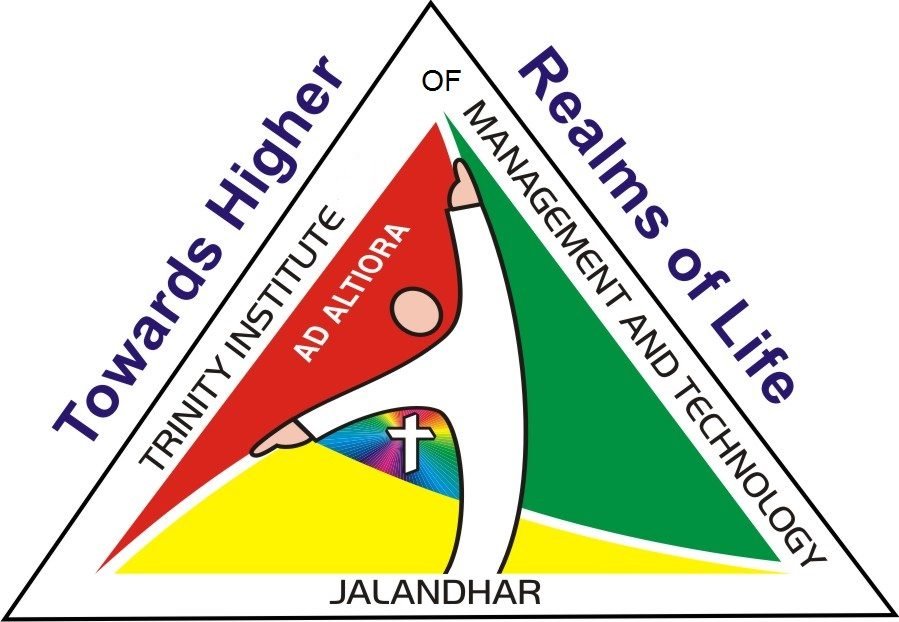5 Top Apparel Industry Trends to Watch in 2023

5 Top Apparel Industry Trends to Watch in 2023
With the introduction of new technology, shifting customer preferences, and the COVID-19 pandemic’s effects, the garment business has experienced considerable transformation in recent years. As organizations handle an uncertain economic environment and a shifting market landscape, the garment sector will face unique challenges and opportunities in the upcoming year. Based on the most recent market research studies from numerous top companies, this article examines the main trends that are defining the apparel business in 2023 for a closer look at this dynamic market.
1. More Attention to Sustainability
The apparel industry is not an exception to how much consumers and businesses worry about sustainability. Customers are demanding apparel made from sustainable materials and created in an environmentally friendly manner as they become more aware of their impact on the environment. In response, companies are using eco-friendly production techniques, lowering their carbon footprints, and adding sustainable materials to their goods. For instance, the sustainability pioneer Patagonia is trying to achieve full carbon neutrality by 2025. Several clothing companies including Allbirds, Reformation, and Vuori have previously received carbon-neutral certification. Yet, the industry as a whole still faces challenges. The report Sustainability in the Apparel Industry – Assessing Trends, Opportunities, and Strategies for Success by the market research firm Global Data states that “Consumers are increasingly vocal about their desire for more sustainable garments, but their actions remain hampered by costs.

2. Direct-to-Consumer Business Models Are Popular
As customers demand more individualized and practical shopping experiences, direct-to-consumer (DTC) is emerging as a critical component of the apparel industry. Using their own online stores and social media networks like Instagram and TikTok, brands are selling their goods directly to customers instead of through conventional retail channels. DTC e-commerce is a more general trend that affects many different retail categories. According to the Direct-to-Consumer in Apparel – Thematic Research report from Global Data, Dollar Shave Club popularized DTC as a business strategy. Retailers have more operational control thanks to DTC. In addition to providing a more individualized shopping experience, DTC enables firms to carefully manage their brand image and collect insightful customer data.
While DTC business models have many advantages and are frequently a top goal for many brands, McKinsey analysts warn that having a variety of sales channels can help businesses retain efficiency, stay current, and develop over time.
3. Fresh Economic Challenges
The garment business battled with the problems of the COVID-19 pandemic when store traffic fell and supply lines were disrupted. According to McKinsey & Company’s The State of Fashion 2023, the industry is currently constrained by inflation, the impact of geopolitical tensions, and weakening consumer demand. Brands will need to be flexible and inventive in order to stand out through their marketing, product development, and choice of sales channels if they want to succeed in the current economic environment.

4. The Persistence of Athletic Wear
Another significant, long-standing trend in the apparel business is leisure, which is a term used to describe clothing that is appropriate for both athletic and leisure activities. Athleisure offers what consumers are searching for comfortable, adaptable apparel that can be worn in a variety of circumstances. To address the demands of this expanding industry, brands are reacting by providing a wide range of athleisure products, from yoga trousers to hoodies.
According to the report Global Athleisure Market – Growth, Trends, COVID-19 Impact, and Forecasts by Mordor Intelligence, consumers are being influenced to incorporate sports and fitness activities into their daily routine by rising health and self-consciousness, a desire to lead active lifestyles, and a desire to appear fit. “This enhanced involvement has brought about a transformation.”
5. Quickly adopting digital technology
The garment sector has embraced digital transformation, utilizing technology to improve consumer experiences, optimize business processes, and comprehend its target market. Companies are utilizing data analytics to learn more about the tastes and purchasing patterns of their target market, and they are implementing this information into their product development and marketing plans. Automation, machine learning, and artificial intelligence are all aiding businesses in streamlining their supply chains and cutting waste.
In nations like China, where virtual spokespersons, online fashion shows, and live streaming grew more commonplace, COVID-19 assisted in accelerating the role of digitalization. In the face of lockdowns and labor scarcity, digitalization enabled garment companies to continue operating.
Manufacturers, retailers, and brands are all acutely aware of the value of agility following the COVID-19 disruptions and severe lockdowns China experienced in the spring of 2022, according to the Euro Monitor International report Digital Revolution in Fashion: Lessons from China. This has prompted investments in artificial intelligence (AI) and other technologies to aid in on-demand production as well as Omni channel fulfillment, pricing, and real-time stock management.

Asst. Prof Navneet kaur
Fashion design department
